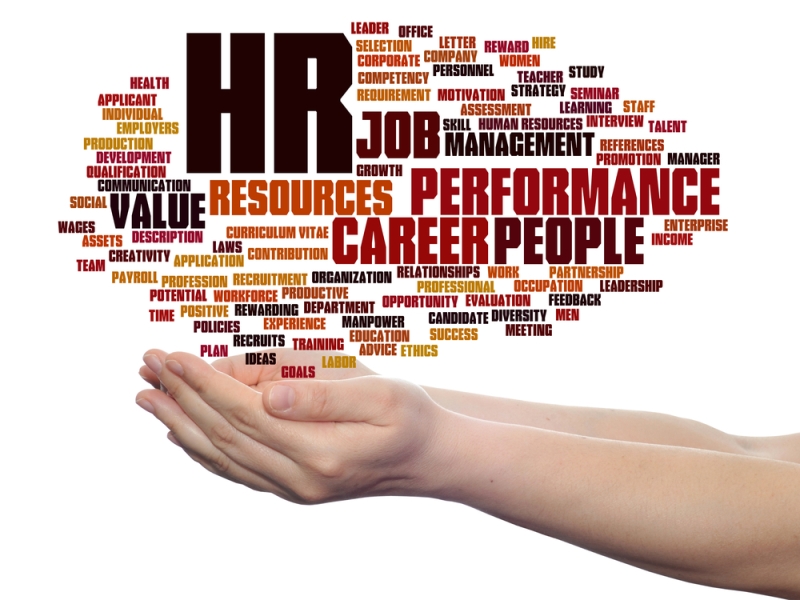Migrating To An Intelligently Connected HR Software Suite With People Analytics
- By: Tom McKeown
- Press and Published Articles
- May 11, 2022

Incorporating the necessary and available people data into decision making can be a challenging task for business and human resource leaders — particularly when one considers how varied and siloed this data can be. According to Sapient Insights‘ most recent annual survey, the typical company today employs more than 16 different human resource software solutions.
• The legacy applications in place are often dedicated and best of breed, which may offer better individual features than in the replacement and workflows that the users have gotten used to.
• Depending on how long the existing applications have been in place, they might contain very large amounts of existing data that would need to be ported to a different format in the new system.
• Regardless of how most vendors purport quick implementation times, there will still be either a period of downtime or parallel system use necessary, which comes with added cost.
If a company decides on a wholesale rip and replace of everything strategy, there will likely be a significant amount of disruption that will result in drops in productivity and often employee turnover. So, it might be better to consider a phased approach, which might yield some interim benefits as well. One such approach would be to implement a people analytics solution.
A people analytics solution typically resides on a separate platform but provides easy integrations to import key data from all legacy source systems. Data will not just be combined but aggregated to provide holistic metrics and analytics that measure workforce success from job candidacy to employee performance, all the way to voluntary and involuntary terminations. The data can also then be used to predict trends and provide recommendations to improve future outcomes based on historical patterns. Employing this approach would allow users to continue using legacy applications while maintaining existing data and not causing any downtime on core application usage.
Once the unification of data is accomplished through the people analytics solution, the organization can then turn at a less disruptive pace to replacing the individual legacy solutions. Intelligently connected solutions do have benefits beyond just unifying data, such as a common interface and a single source of support. However, even though the organization can now proceed in a more plug-and-play manner toward a unified solution, it is still important to develop a strategy as to which areas to migrate over first.
Below are some recommendations and items for consideration in developing such a plan.
• Find a suite with a strong HRIS (human resource information system) at its core. This component will always have the majority of key user capabilities and data points. Also, make sure it has a strong API to connect to the people analytics solution.
• Do a detailed comparison between your legacy recruiting system and what’s offered by the intelligently connected suite. Recruiting is often the weakest component of these offerings, so it might make sense to put the conversion to this module near the end of the total cross over to allow the vendor to catch up on features if there is a big disparity. It’s not uncommon for organizations to go intelligently connected for everything but recruiting.
• Prioritize the remaining items based on complexity and times of high usage. The beginning of the calendar or fiscal year are peak times for applications such as performance and compensation management with reviews and raises being assigned and completed usually in the first quarter.
• Do an extensive analysis of the support organization for the new solution. Although an intelligently connected solution has the benefit of a single point of contact, they may not have the specific expertise in each solution area. Remember, that group now will be providing support through the entire employee life cycle.
Implementing new software is seldom smooth going, but having the ability to break the process up into smaller steps can remove much of the disruption and provide more measurability. Remember — the goal is to make things better, and by moving in increments, users won’t have to take two steps backward to go one forward in productivity.
